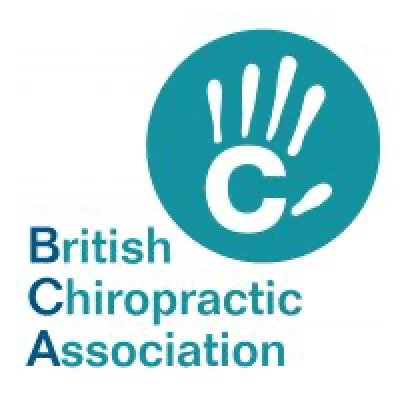What is Osteoporosis?
Osteoporosis occurs when the formation of new bone cannot keep up with the loss of old bone. This causes our bones to become more fragile and brittle. This fragility increases the likelihood of fractures occurring. An osteoporotic fracture can be caused from minor falls, a small bump and in severe cases even just a sneeze.
Does everyone have osteoporosis?
Our peak bone health occurs at around 20 years of age. When we hit 35 our bone health progressively starts to decline. This happens to everyone, but some lose their bone density much faster than others. That is why some people are classed as suffering from osteopenia and those with an increased loss of bone are classed as osteoporotic.
Unfortunately for women we are more likely to suffer from osteoporosis than men, due to those dreaded hormonal changes that occur later in life. After menopause the female hormone oestrogen declines. Oestrogen is essential for developing healthy bones. Which is why women are at greater risk of developing osteoporosis.
The biggest risk group are the elderly, especially those who are immobile.
What other factors increase the risk?
- Hormone related disorders e.g. hyperthyroidism, adrenal and pituitary gland disorders.
- Family history
- Low BMI
- Eating disorders
- Long term use of high-dose steroids
- Heavy drinking and smoking
- Long term bed rest/ immobility
What can you do to decrease the risk of osteoporosis and increase bone density?
Weight- bearing exercises.
The simplest weight bearing exercise you can do is a brisk walk; it is recommended to hit 10,000+ steps daily. Try one of the routes we have posted on our Instagram page or try the walk suggested in our monthly newsletter.
If you do have osteoporosis and struggle walking Tai Chi is another great form of weight bearing exercise you can try. It involves a series of slow graceful moves that can build coordination and keep bones healthy. A study reported that Tai Chi could slow bone loss in postmenopausal women who practised 45 minutes a day, five days a week. The women’s rate of bone loss was three and a half times slower compared to the non-Tai-Chi group.
Lastly, weight lifting is a great way to increase your bone density. This type of exercise positively stresses our bones and gives the bone forming cells (osteoblasts) a kick in the right direction to react to this stress by producing more cells. Not only does weight lifting increase our muscle strength but also our bone strength.
Vitamin D
Vitamin D plays a vital role in our bone health. It promotes calcium absorption in the gut and helps regulate the amount of phosphate in the body. It is also needed for bone growth and for bone remodelling. Without enough vitamin D in our bodies our bones become thin, brittle or misshapen.
Sunlight is a great source of vitamin D but as we live in the UK, sunshine can be in short supply. Vitamin D supplements are the best way to make sure you are getting enough of the good stuff even on a cloudy day.
Good bone food
– Fish; rich in omega 3, protein, calcium and Vitamin D
– Fruit and vegetables; dark green leafy veg rich in vitamin K, turnips and broccoli rich in calcium, spinach, beet greens, tomatoes and peppers rich in potassium and magnesium.
Not so good bone food
– It is important to get enough, but not too much protein for overall bone health. However specialised high protein diets can cause the body to lose bone health.
– Salty food; sodium is a key element in salt which increases the rate at which calcium is lost from the body.
– Alcohol and caffeine; limit these as they can decrease calcium absorption.
If you would like any further information or help with knowing the best exercises for osteoporosis, please speak to one of our Chiropractors or Physiotherapists. Feel free to email Kelly directly if you have any questions.
Find out if you are at risk of osteoporosis by completing the Royal Osteoporosis Society’s test
Read our next article by Chiropractor, Nadene, to explore Hypermobility.
























